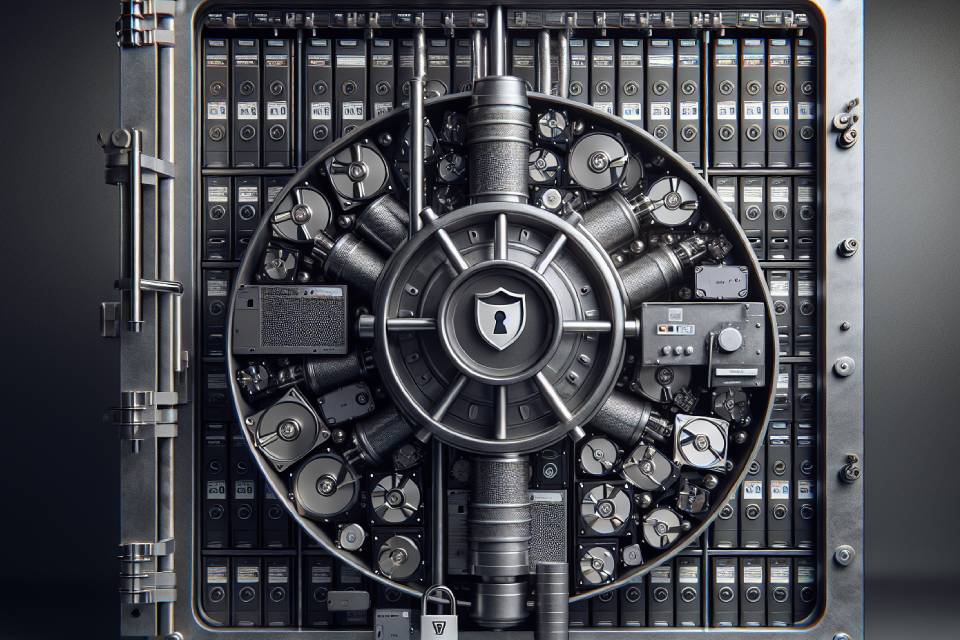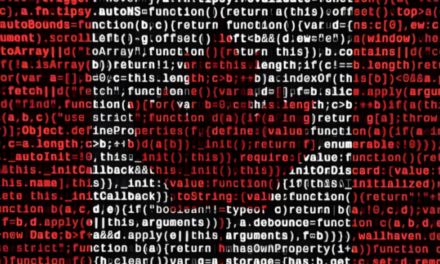In today’s digital age, data privacy is no longer a suggestion; it’s a necessity. As businesses collect and store ever-increasing amounts of sensitive information, the need to safeguard this data has become paramount. Data breaches can not only result in hefty fines but also erode customer trust, potentially crippling a company’s reputation. Here, we delve into several effective strategies to fortify your company’s data privacy defenses:
-
Encryption: The Impenetrable Armor
The cornerstone of data security is robust encryption. Encryption scrambles data using complex algorithms, rendering it unreadable to anyone without the decryption key. This acts as an impenetrable shield, protecting sensitive information at rest (stored on servers) and in transit (transferred across networks). Advanced encryption standards like AES (Advanced Encryption Standard) offer a high level of security. Remember, encryption isn’t a one-time fix; regularly update encryption protocols to stay ahead of evolving threats.
-
Empowering Employees: The Human Firewall
Technology is a powerful tool, but it’s only as effective as the people who use it. Employees are often the first line of defense against cyberattacks. Investing in comprehensive training programs empowers your workforce to become active guardians of data privacy. These programs should educate employees on:
- Password Security: Strong, unique passwords and the importance of not sharing them.
- Phishing Awareness: Identifying and avoiding fraudulent emails designed to steal sensitive information.
- Data Handling Best Practices: Secure methods for storing, transmitting, and disposing of confidential data.
Regular updates and simulated exercises keep employees informed about the latest cybersecurity threats and best practices. By fostering a culture of data security awareness, you equip your employees to be the human firewall your company needs.
-
Vigilance is Key: Continuous Monitoring and Audits
Data privacy is an ongoing battle, requiring constant vigilance. Regular security audits are essential for identifying weaknesses in your defenses. These comprehensive assessments examine your systems, policies, and procedures to expose vulnerabilities that could be exploited by hackers. Continuous monitoring provides real-time visibility into network activity, allowing you to detect suspicious behavior and anomalies immediately.
Employing intrusion detection systems, firewalls, and advanced analytics empowers you to identify and respond to potential threats swiftly. Furthermore, develop an incident response plan to efficiently address and mitigate any security breaches that might occur. Regular testing and refinement of this plan ensure your company is prepared to respond effectively in the face of an attack.
-
Low-Code Solutions: Allies in Compliance
Keeping pace with ever-changing data privacy regulations can be a complex endeavor. Fortunately, advancements in technology offer solutions that streamline compliance. Low-code platforms, for instance, provide user-friendly tools for managing processes like:
- Cookie Banner Management: Customizable cookie banners to inform users about data collection and obtain consent.
- Consent Recording: Tracking and recording user consent for data collection practices.
- Data Deletion Requests: Simplifying the process for users to request the deletion of their data.
These solutions empower businesses to comply with data protection laws efficiently, even without extensive technical expertise. By leveraging low-code solutions, you can build trust with users by demonstrating transparency and respecting their privacy rights.
-
AI: The Intelligent Watchdog
As cyber threats become more sophisticated, leveraging cutting-edge technology like Artificial Intelligence (AI) for threat detection is gaining traction. AI-powered systems can analyze vast amounts of data in real-time, identifying patterns and anomalies that might signal a security breach. This automation empowers businesses to:
- Enhance Response Times: AI can detect threats much faster than traditional methods, enabling quicker response and minimizing potential damage.
- Reduce Human Error: Automating threat detection removes the possibility of human error, strengthening your overall cybersecurity posture.
- Adapt to Evolving Threats: Machine learning algorithms can adapt to identify new and emerging threats, ensuring your defenses stay ahead of the curve.
Integrating AI into your existing security measures adds an intelligent layer of protection to your data fortress.
Conclusion: A Multifaceted Approach for a Secure Future
Data privacy requires a multifaceted approach that combines technological solutions, employee awareness, and proactive strategies. By implementing robust encryption protocols, fostering a culture of data security awareness, conducting regular security audits, leveraging AI, and utilizing low-code solutions for compliance, businesses can effectively safeguard their data and build trust with stakeholders. In today’s digital world, data privacy is not a luxury; it’s a necessity for ensuring the long-term success and resilience of your company.










